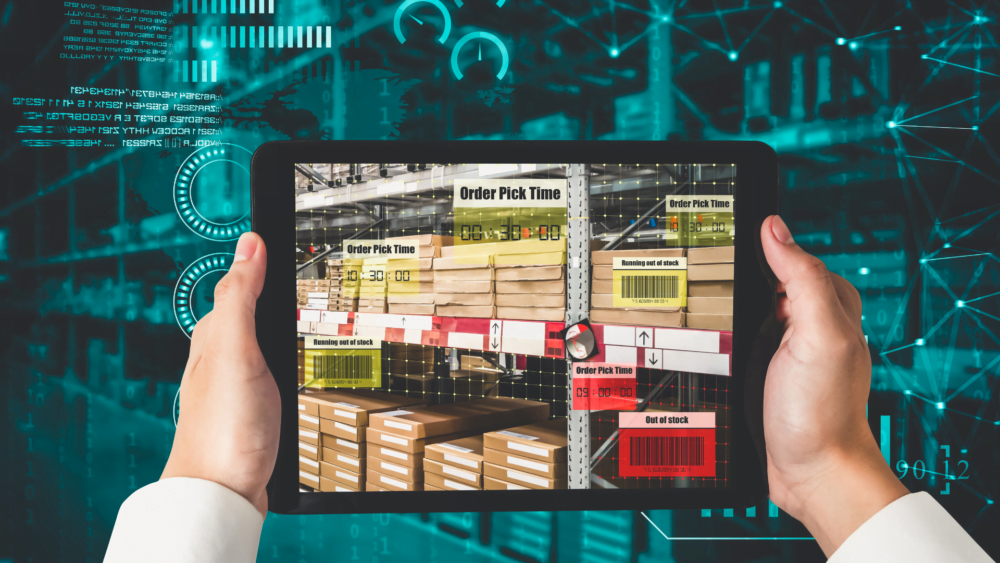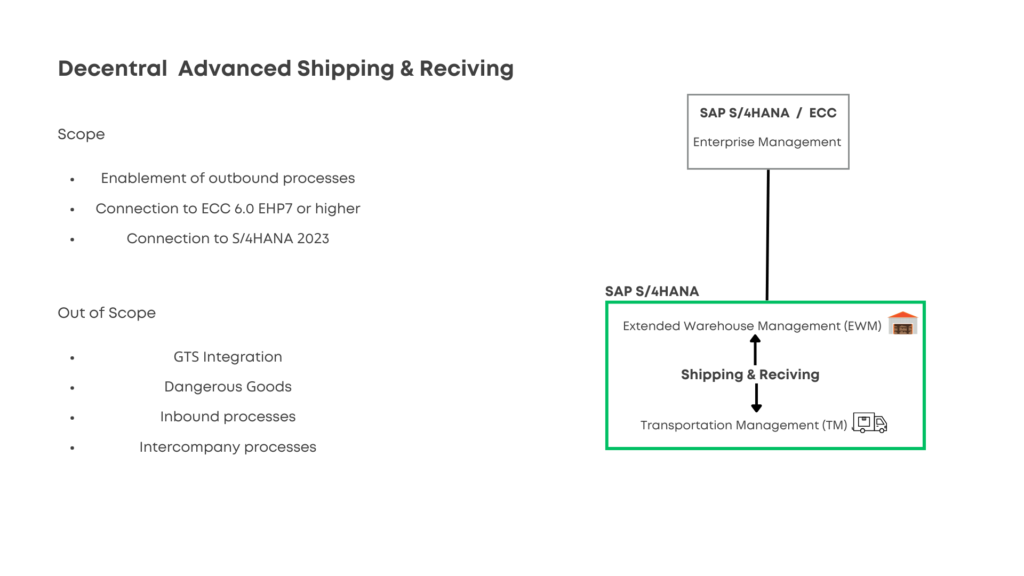Practical Insights into New Features of SAP EWM in S/4HANA 2023

In this article, we move beyond SAP EWM innovations to offer practical insights into its development direction. Explore the real-world implications for implementation projects as we navigate the dynamic evolution of EWM.
October of the year 2023 has brought 46 new features in SAP Extended Warehouse Management component of S/4HANA. They are all nicely introduced in the What’s New in SAP Extended Warehouse Management in SAP S/4HANA 2023 presentation and described in more details by Florian Kuchta in the blog article SAP® Extended Warehouse Management in SAP S/4HANA 2023 – What’s New
As always, the what’s new section of SAP Help is the perfect source of information.
Customer Influence – SAP listens
S/4HANA release has brought 46 new features. They are related to 11 improvement requests submitted by SAP customers and partners within Customer Influence programs. It is safe to say that almost one fourth of EWM innovations result from the users of the system. In my opinion that is a lot, and it also shows that SAP listens to its customers and partners.
What is worth noticing is that over half of the improvement requests implemented are related to the user-experience area, especially to Warehouse Monitor and RF enabled mobile transactions. This shows that thanks to SAP Customer Influence program EWM gets more and more user friendly, not only for professional users interacting with the system via SAP GUI but also for everyday warehouse operators with their RF guns.
SAP Continuous Influence initiative enables constant improvement suggestions to SAP products. The program is restricted to SAP customers and partners so a login with S-user is required to open an improvement proposal. Once you do that make sure to spread the word with your social media channels, SAP dedicated LinkedIn groups and an SAP blog article. This way the community can evaluate your proposal and cast votes.
Integration, integration

From the very beginning both decentralized and embedded EWM has been using rudimentary delivery-based integration – ERP initiates material movements (stock placements or removals) and sends them as deliveries to EWM, then EWM executes stock movements and confirms them back to ERP as delivery confirmations. That interface is functionally very similar to old, proven Decentralized Warehouse Management (LE-IDW) Since then, SAP works hard on other integration options e.g. Post Goods Receipt from External Procurement Directly into Extended Warehouse Management or Synchronous Goods Receipt for Kanban. It proves that delivery-based interface is no longer the only integration scenario.
S/4HANA 2023 brings four innovations in the area of integration. Notably, quality management defects processing integration, that was previously available in embedded deployments only is now also delivered for decentralized ones – Defect Processing in Decentralized EWM
Hopefully this trend continues, and SAP is going to make decentralized EWM as smoothly integrated as embedded EWM is.
Another important novelty is Advanced Shipping and Receiving integration between TM and EWM available for decentralized installations – Advanced Shipping and Receiving for Decentralized EWM and TM: Outbound Process

The drawback here is that both EWM and TM must be on the same decentralized instance. That is rarely that case – rather TM is deployed embedded and EWM decentralized. I do believe that gap will be closed soon and customers will be able to enjoy the benefits of AS&R in all TM and EWM deployment options.
Correcting user mistakes
Even seasoned SAP users make mistakes from time to time. To allow mistakes corrections, S/4HANA 2023 brings two new cancelation or reversal scenarios.
The first one is in the area of transportation unit-based TM-EWM integration – Enhancements to TU-Based EWM-TM Integration It is possible now to cancel erroneously posted departure from check point and have the reversal integrated with TM. What is important here is that despite TU-based integration being superseded by AS&R, SAP still improves the old solution. That is great.
Another new cancellation option is reversal of handling units’ goods receipt from production after final putaway.
Wrap up
SAP invests heavily in the Extended Warehouse Management system. It is here for good in S/4HANA environment, either as embedded or decentralized component. Although EWM has not been designed and implemented as just another S/4HANA module from ground up, although embedded EWM is still more embedded than integrated, the integration is getting better and better. Hopefully one day EWM will reach integration maturity of the LE-WM component, maybe even storage locations will get natively handled in EWM.
I wish SAP delivered integration innovations at the same time for embedded and decentralized EWM. I think that it would be feasible if the innovations were designed this way from the ground up, if the guiding design principle were “the same functionality in embedded and decentralized EWM”.
Unfortunately, this is still not the case, and it makes the decision embedded vs decentralized EWM even more challenging. In the pre-advanced integrations era, the decision factor was straightforward. That was warehouse management system availability and throughput. Decentralized EWM was favored for high throughput and high availability warehouses. Now also, integration scenarios must be factored in. The question when deciding for decentralized EWM is whether the delivery-based integration is sufficient and if the advanced integration functions are not required.
The problem is exacerbated by TM implementation and its integration with EWM. As for now two TM-EWM integration options are available – transportation unit based, loading appointment interface (LDAP) or newest Advanced Shipping and Receiving (AS&R). In fact, AS&R is being actively developed and it is pushing LDAP away. But AS&R is still not available for all decentralized scenarios. Initially it was available for embedded EWM and embedded TM only. Since the Advanced Shipping and Receiving for Decentralized EWM and TM: Outbound Process innovation, AS&R is available in decentralized systems at least for the outbound process. The catch is that decentralized EWM and TM must be on the same S/4HANA instance. That is very rarely the case. A typical decentralized deployment is with TM embedded in the central S/4HANA instance and one or several decentralized EWM instances. Therefore TM-EWM integration options must be closely examined too when deciding on EWM deployment strategy, especially considering functional limitations of the transportation unit-based TM-EWM integration as specified in the notes: